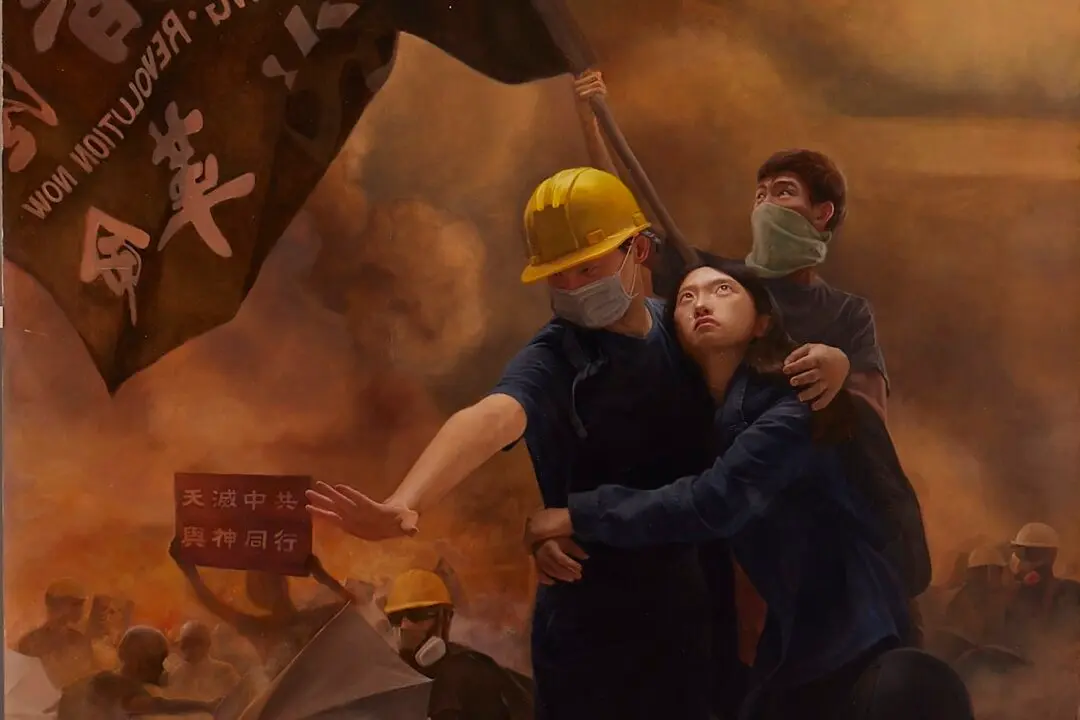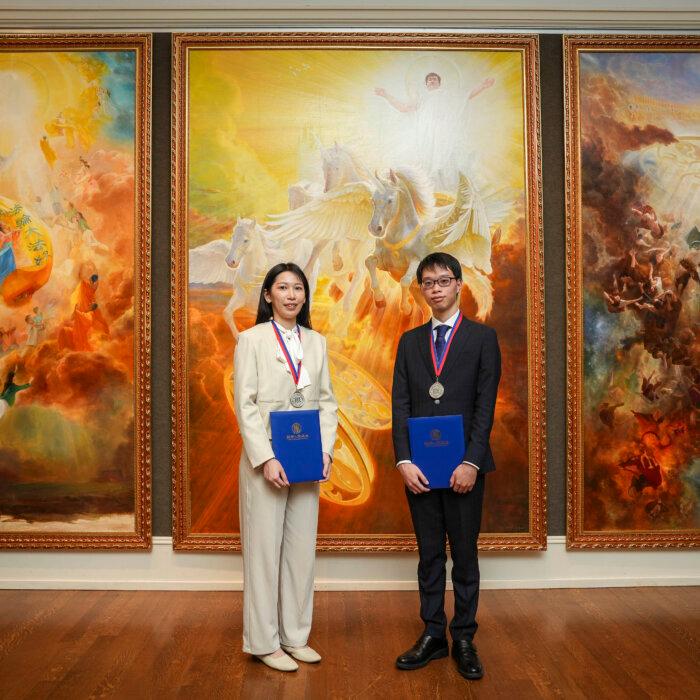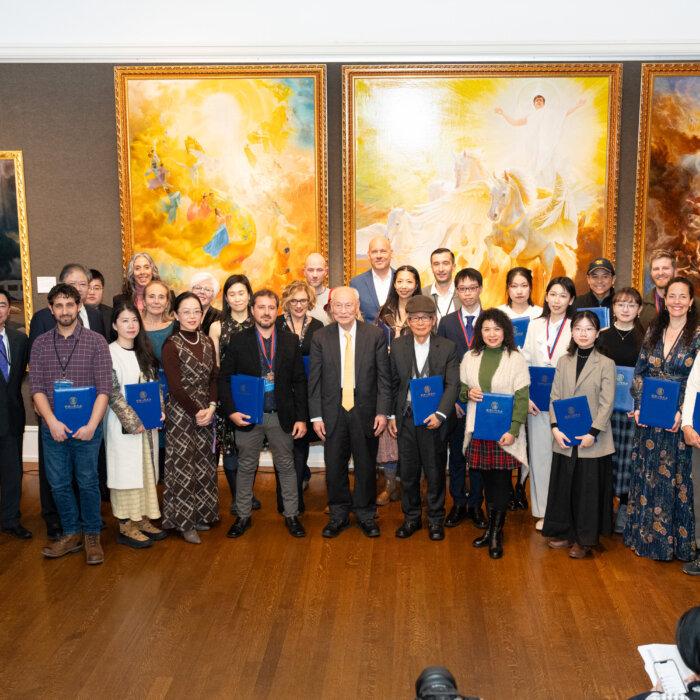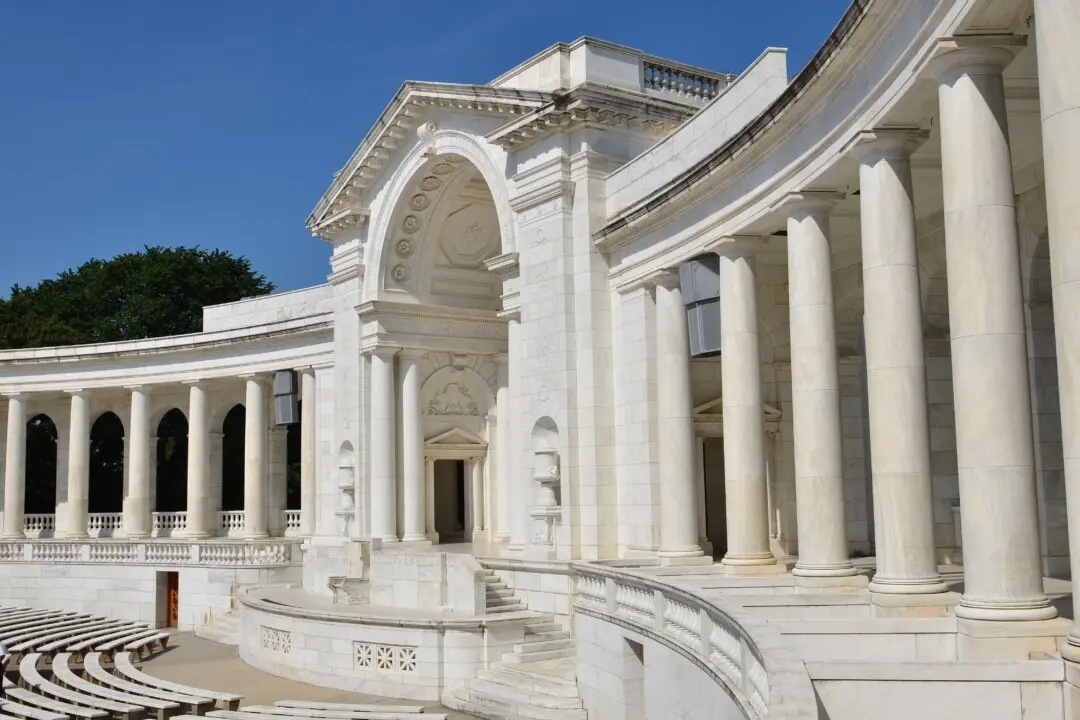Taiwanese artist Shi-Ju Chiang believes many paintings created today show the deviant or indulgent side of human nature that is detrimental to the artists themselves and anyone who sees the works. She therefore paints historic events to guide and uplift humanity. “If the subject matter of paintings conveys positive energy or good thoughts, it can play a better role in promoting the atmosphere of society as a whole,” she told The Epoch Times.
For 12 years, Ms. Chiang studied traditional art techniques from award-winning artist Yuan Li. For the first six years, she focused solely on becoming proficient in drawing and only then did she graduate to oil painting.
Ms. Chiang’s perseverance in learning in this traditional manner has paid off. In 2019, she won a bronze award for her first oil painting, “Plum Blossom in the Snow,” at the Fifth NTD International Figure Painting Competition (NIFPC), and she’s now won a profound humanities award for her second oil painting at the Sixth NIFPC. NTD, New Tang Dynasty, is the sister media of The Epoch Times.
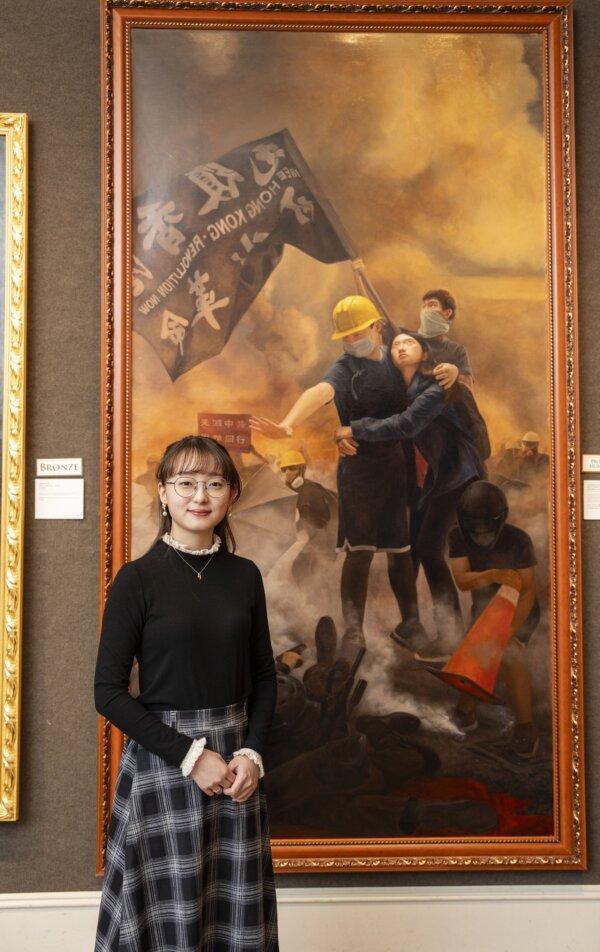
Painting Pivotal Events
Ms. Chiang likens history painting to documentary filmmaking. Just as a director ensures that the script “touches people’s hearts” on screen, the painter condenses “the complexity and magnitude of a scene into a single image.” She added that a painting can “preserve the spirit of what is expressed,” transcending race and language.In her first two oil paintings, Ms. Chiang shows the battle between good and evil, capturing recent events. In “Plum Blossom in the Snow,” she depicted a tortured Falun Gong practitioner. A full moon fills the top of the painting, and a young woman lies injured at the bottom of the painting. This is the aftermath of Chinese communist party members having persecuted the woman for simply adhering to the principles of her Falun Gong faith: truthfulness, compassion, and forbearance. The female practitioner lies motionless after having been tied to the back of an armored vehicle and dragged through the snow while clutching a Falun Gong (also known as Falun Dafa) banner. This state-sanctioned, systematic persecution of Falun Gong began in 1999 and continues to this day.
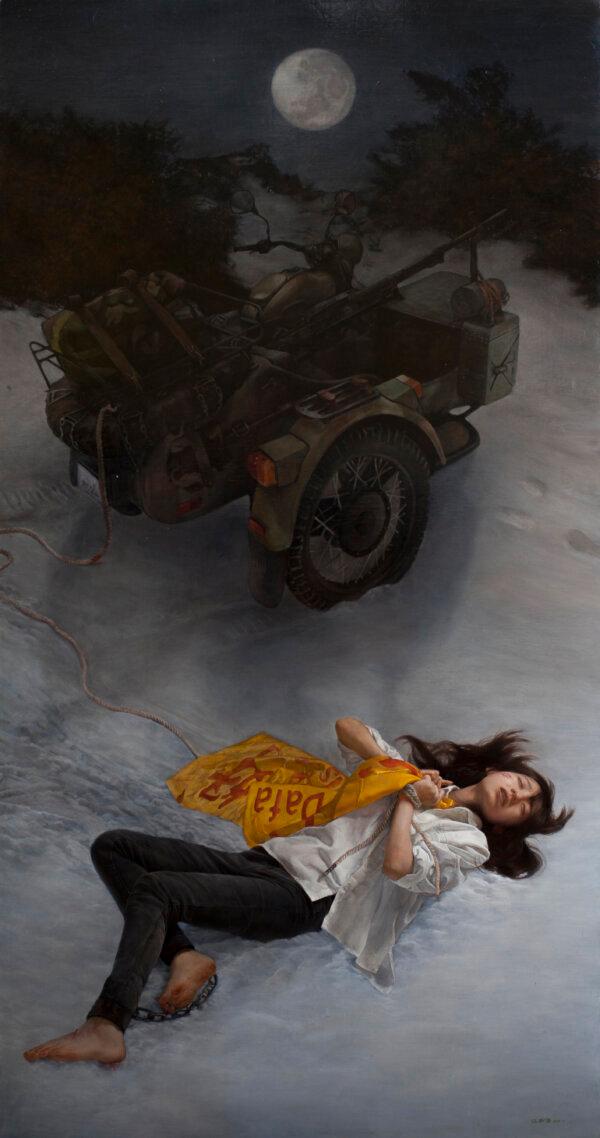
Any Chinese viewers of the work, or those who know Chinese culture, will understand why Ms. Chiang chose the plum in the painting’s title. In China, the plum blooms in winter, enduring the harshest season, and is the harbinger for spring. For Confucius, the plum blossom represented “the principles and values of virtue.”
After winning bronze at the Fifth NIFPC for “Plum Blossom in the Snow,” Ms. Chiang wanted to create a “divine and bright” painting for her next work. Then the Hong Kong protests happened and she felt compelled to record history again. “I saw that the people of Hong Kong were being persecuted by the same regime as Falun Gong practitioners, and that the people of Hong Kong were being persecuted and deprived of their freedom and beliefs,” she said.
It’s a subject matter that may resonate with many people experiencing the oppression of their liberties. “There are many parts of the world where information is blocked, and there are also many news media that are reluctant to tell the truth,” she explained.
The painting she entered for the Sixth NIFPC, titled “Choosing Conscience Amid Political Unrest,” shows a masked protester waving a huge “Free Hong Kong. Revolution Now” flag at the top. Armed Hong Kong police have thrown a sea of tear gas and protestors protect themselves with umbrellas and hard hats. Below the flag-bearer, a female protestor looks to the heavens for divine intervention, as she clings to her fellow protestor. He makes a righteous gesture: “Stop” with his hand and a pile of Hong Kong police topple into the dark abyss at the foot of the painting. It’s a composition echoed throughout the centuries in scenes such as St. Michael slaying the dragon, where virtue overcomes vice.
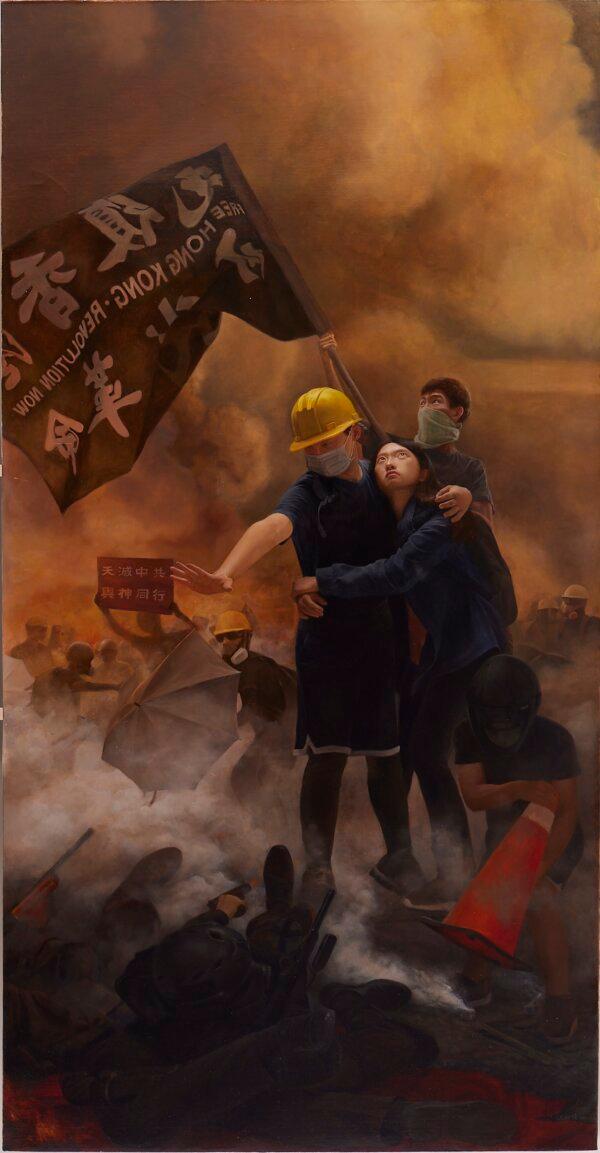
Uplifting the World
Ms. Chiang sees competitions such as the NIFPC as a chance to improve her art and to make sure that her next painting is even better. Artists from over 20 countries entered the Sixth NIFPC, and although she couldn’t communicate with some of the artists at the award ceremony due to the language barrier, she said that their shared love for realist art transcends barriers: “We can explore each other’s painting techniques and use them to understand more about each other.”Resonating with the NIFPC’s mission to revive traditional culture, Ms. Chiang said: “I hope that I can continue on this path of painting and spread more paintings that have a guiding and positive effect on the world.”

